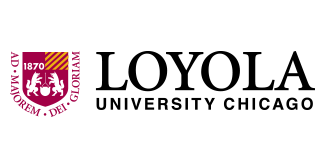Major
Molecular Biology
Anticipated Graduation Year
2022
Access Type
Open Access
Abstract
The deadly, infectious disease malaria causes more than 200 million infections and a million deaths annually. The protozoan, malaria-causing parasite Plasmodium requires two hosts: the human and Anophelesmosquito. My research project investigates the antioxidant defense mechanisms Plasmodium berghei utilizes to survive within the oxidizing environment of the Anopheles mosquito, particularly through upregulation of the inducible antioxidant defense gene 1-Cysteine Peroxiredoxin (1-CPrx), which boosts Plasmodium’s immune response against reactive oxygen species in the mosquito host. Our goal is to characterize the inducible promoter of 1-CPrx to further understand the sensory mechanisms Plasmodium employs to adapt to hostile environmental changes.
Faculty Mentors & Instructors
Dr. Stefan Kanzok, Associate Professor, Department of Biology
Creative Commons License

This work is licensed under a Creative Commons Attribution-Noncommercial-No Derivative Works 3.0 License.
Characterizing the Inducible 1-Cysteine Peroxiredoxin Promoter in the Malaria Parasite Plasmodium berghei
The deadly, infectious disease malaria causes more than 200 million infections and a million deaths annually. The protozoan, malaria-causing parasite Plasmodium requires two hosts: the human and Anophelesmosquito. My research project investigates the antioxidant defense mechanisms Plasmodium berghei utilizes to survive within the oxidizing environment of the Anopheles mosquito, particularly through upregulation of the inducible antioxidant defense gene 1-Cysteine Peroxiredoxin (1-CPrx), which boosts Plasmodium’s immune response against reactive oxygen species in the mosquito host. Our goal is to characterize the inducible promoter of 1-CPrx to further understand the sensory mechanisms Plasmodium employs to adapt to hostile environmental changes.



Comments
**Revised Presentation